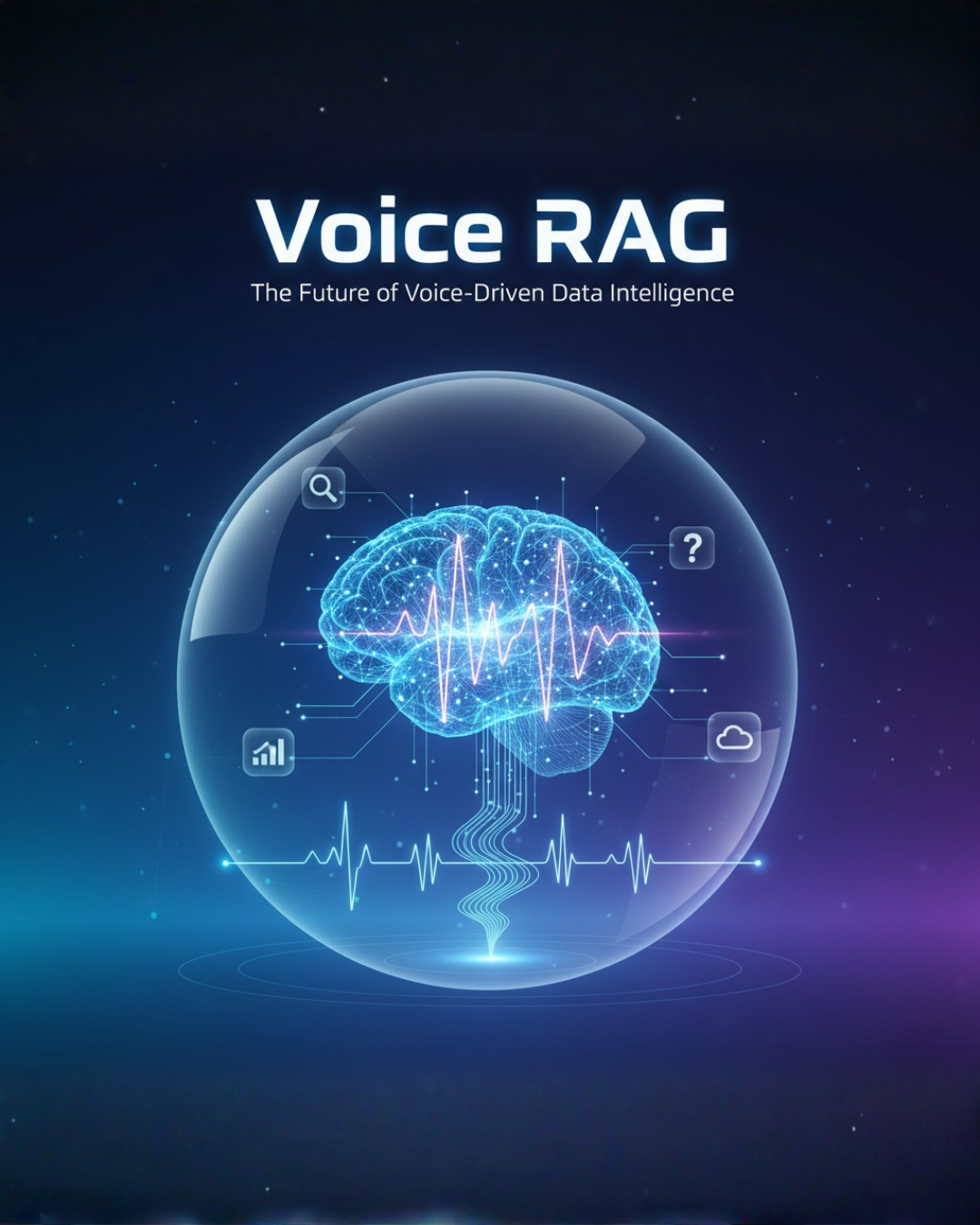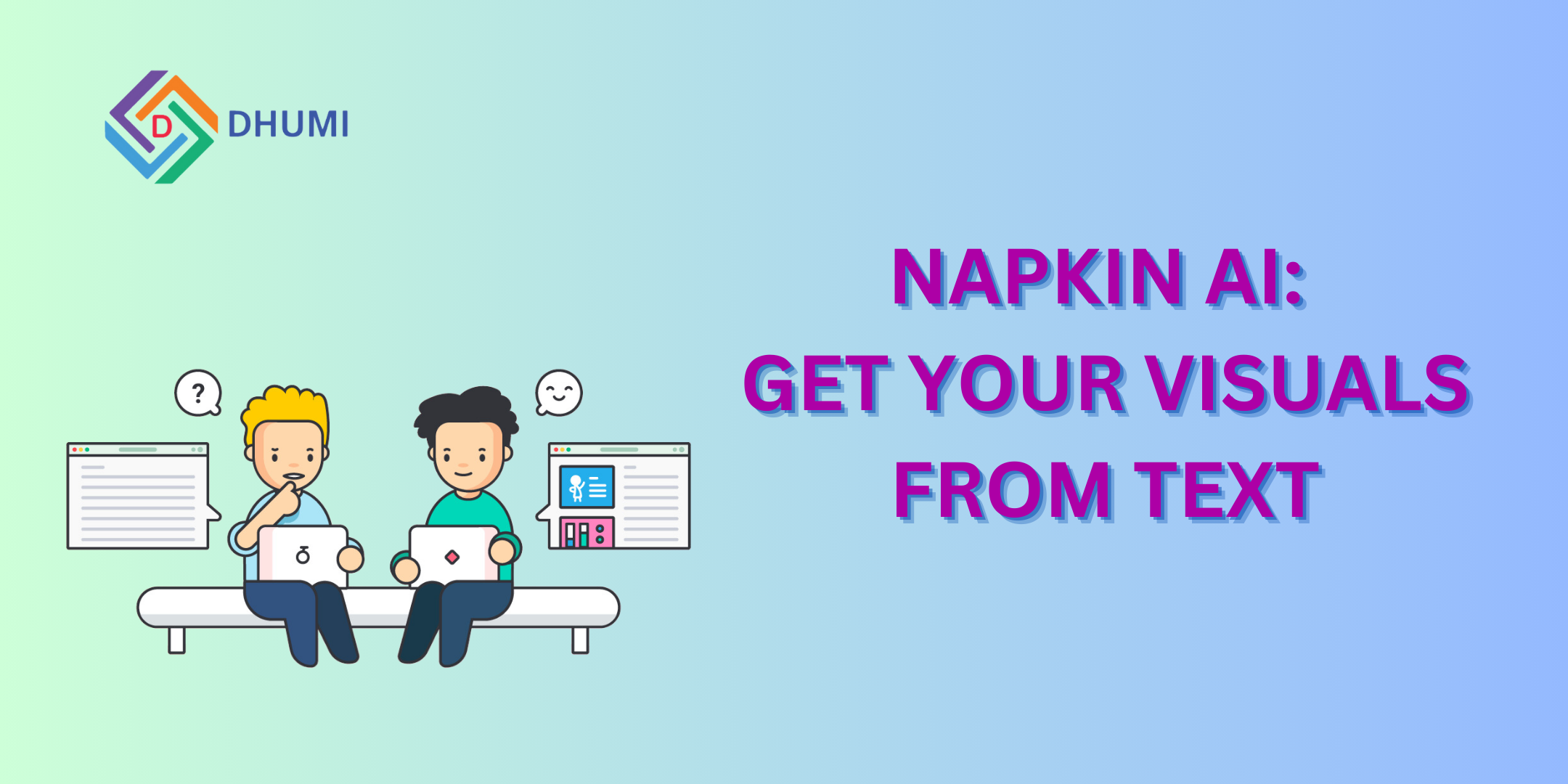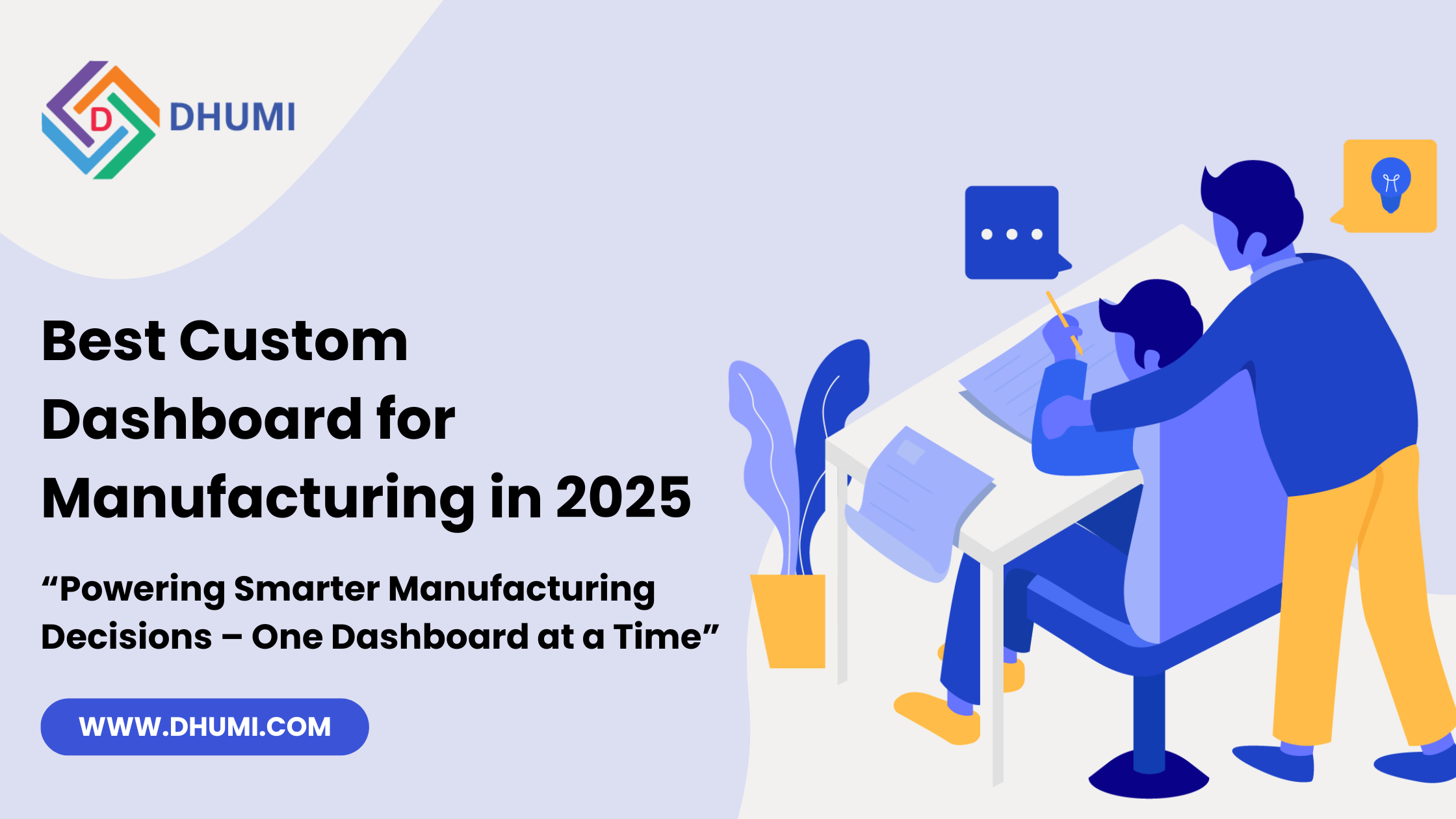As organizations search for faster and more intuitive ways to access information, Voice RAG is quickly emerging as a powerful way to interact with data. Instead of navigating dashboards or typing lengthy queries, users simply speak and receive accurate, data-backed responses. Because of this, teams can make decisions more efficiently and confidently.
How the Technology Works
To begin with, this system combines speech recognition with advanced retrieval techniques. When a question is asked, it identifies the request, searches verified internal sources such as documents and databases, and then generates an accurate answer. Because the responses come from real data, the results are far more reliable than those provided by basic voice assistants.
Moreover, this process allows users to access information without switching tools, making the experience streamlined.
A More Natural and Conversational Experience
Another major advantage is how naturally users can communicate with the system. They can speak casually, use incomplete phrases, or ask follow-up questions without restarting the query.
For example, a user might say, “Show me last month’s numbers,” and then continue with, “Now compare it with this month.” The system understands the context and provides the correct comparison.
Consequently, the entire interaction feels smooth and intuitive.stand human speech
naturally. Users can:
• Ask follow-up questions
• Use incomplete phrases
• Speak conversationally
• Explore topics step by step
The system also understands tone, intent, and context, making responses more precise
and relevant. For instance, if a user says, “Compare last month’s revenue with this month,”
voice RAG quickly retrieves the right data and provides clear insights.
Instant Visual Insights on Command
In addition to verbal responses, the system can instantly generate visuals. With a single voice request, it can create trend charts, KPI summaries, or simple dashboards.
As a result, decision-makers can understand patterns within seconds.
Furthermore, because these visuals come from verified data sources, teams can trust the accuracy.
Why Contextual Understanding Matters
Many traditional voice tools struggle with context. However, this new approach maintains memory throughout the conversation. It understands business terms, interprets intent, and responds based on previous queries.
Therefore, users experience a more human-like interaction.
This capability is especially valuable in environments where quick, accurate information is essential.
Real Use Cases Across Industries
This technology is making a significant impact across multiple sectors:
Business & Operations
Teams can check performance metrics or sales updates without opening analytics tools.
Customer Support
Agents retrieve customer details or policy information instantly during calls.
Healthcare
Doctors and nurses access patient information hands-free, improving efficiency.
Sales Teams
Reps view CRM data, pricing, or order history during client conversations.
Field Work
Technicians access manuals or troubleshooting instructions without stopping their tasks.
Overall, these use cases show how much time and effort can be saved with voice-driven data access.
Why Organizations Are Embracing This Technology
Companies are adopting this solution for several important reasons. First, it speeds up decision-making by delivering instant insights. Second, it reduces the need for extensive training since speaking is easier than navigating complex software.
Additionally, it improves accuracy through retrieval-based responses and enhances accessibility for a wide range of users.
Finally, it supports hands-free usage, which is extremely useful in on-the-go environments.
Conclusion
In conclusion, this voice-driven approach is reshaping how people interact with data. By combining conversational interaction, reliable information retrieval, and smart contextual understanding, it delivers insights quickly and accurately.
As businesses continue to move toward AI-assisted workflows, this technology will play a crucial role in enabling faster, smarter, and more accessible decision-making.



